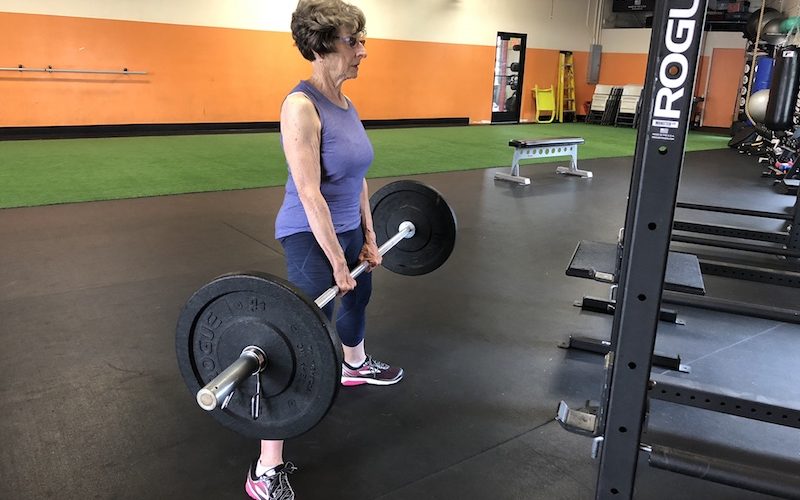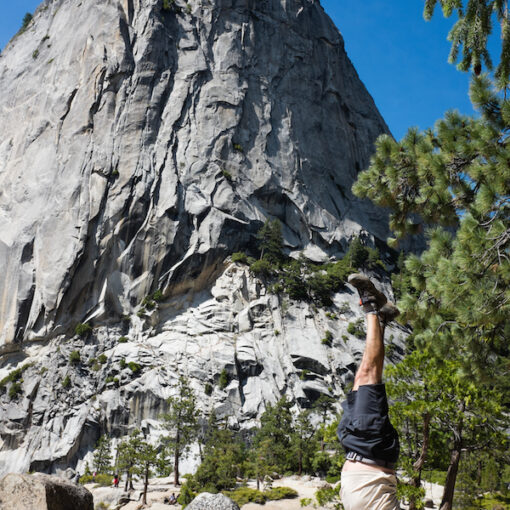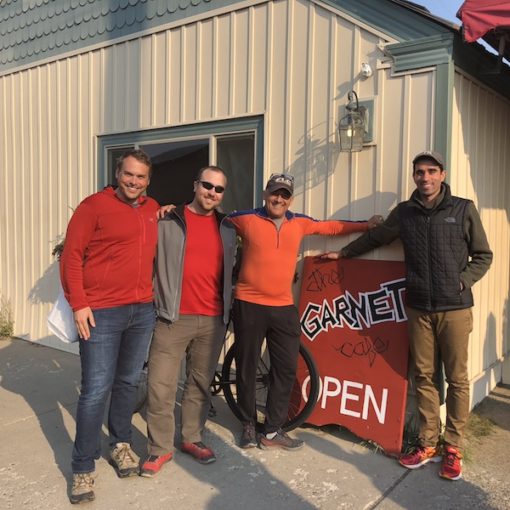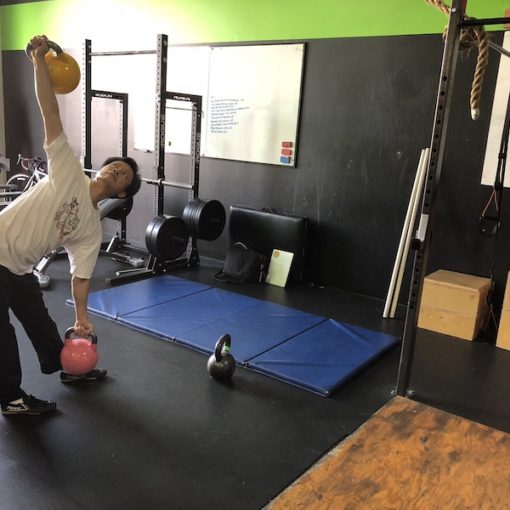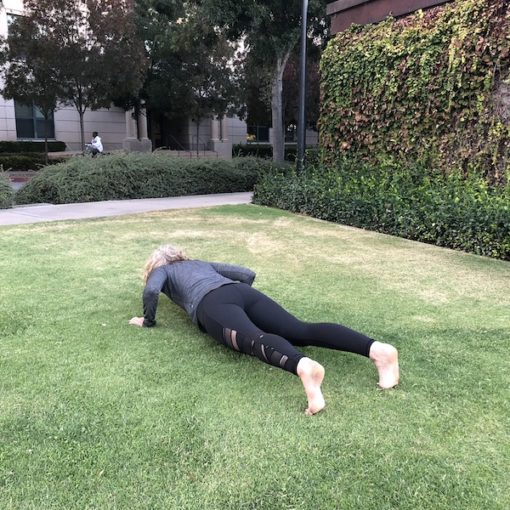To paraphrase a fellow river guide’s saying about flipping boats, the world is divided into three kinds of people: People who have had back pain, those who will have back pain and those who are having back pain as I type this. I make light, but back pain is no joke. I think we’ve all probably had back pain such that you are trying to get to your person, your Chiro, PT or body worker and all you can do is look at your car and think “How am I going to get in?” That’s how jacked up you are, you can’t even get yourself to help. The interesting thing about back pain is that, with cancer we have so many organizations and treatments, but for back pain it is a little bit like the wild west.
The first thing to keep in mind is the the back has so many joints, muscles, connective tissues, etc. in your back it is hard to know where the problem lies. To further confound the issue is that I have worked with many athletes who have knee or hamstring issues but we eventually find the real issue is their back/core. Poor back health and function can have wide ranging consequences that are sometimes hard to chase down. Also many times, back pain is intermittent and sometimes doesn’t present until the next day. Finally, back pain can be so severe sometimes that just remembering the pain can significantly change the way an athlete looks at movement even though movement might be the best thing for the athlete. Over the years, my solution has evolved into, Embrace the Chaos, operate on the fact that because everyone’s pain is a little different, everyone’s solution is going to be a little different.
Because of the many issues associated with a back pain, I strongly suggest you find a health care practitioner who can help you determine if you have pathological issues or just musculoskeletal issues that can be addressed with movement and bodywork. Find your practitioner when you are healthy so that when you are in pain, you have history with your practitioner.
While I have a detailed Movement Manifesto on how I approach training, when dealing with athletes who have back pain, the most principles I rely on most are the following:
The athletes is always right: I have found over the years, athletes often have a pretty good idea about what is going on with their body, so the first items I like to check off are those which the athletes want to check first. This brings up something important: It is important to understand that while you might have imaging that says you have some kind of structural issue like a “slipped” disc, it is hard to know if that is really what is causing the pain when you are moving through life. Often successful back pain management is less like prescription you get at the pharmacy and more like a list of things to eliminate as the cause.
Neurological approach: I know you’re getting sick of this but… As stated above there can be many causes of back pain, but the easiest to address first are the neurological issues like developing safe, i.e. spine sparing, movement patterns, compensation patterns, timing and sequencing of muscles, general safety, etc.
Varied but ordered training positions: To help tease apart which movements, if any, cause pain, and it is helpful to have an orderly way of progressing exercises. I have found the easiest way is to organize exercises per spine position (some people call this the Neurodevelopmental Sequence:
- Supported: On your back and belly
- Suspended: On hands and knees
- Stacked: On one or both knees
- Standing: On one or both feet
Embracing The Chaos
The first and most important thing we can do is get a baseline or screen for each individual athlete so that they can start doing some long-term data collection to help guide our list of movements that work and those that don’t. In the video below, I have put in two screens or test sfor pain and three exercises that I use to determine spine functionality. While I use these exercises for assessment, they are also great exercises that I have found to help many athletes with their back issues. Let’s walk through them quickly:
Spine Flexion and Extension tests: We start on the back and the belly with basic flexion and extension patterns. If you have pain in either of these positions, it is best that you see a licensed health care practitioner before training. If you don’t have pain, let’s move on.
Segmental Roll: Now that we have cleared spine flexion and extension while the spine is supported, let’s add rotation with flexion and extension. There are two skills to master that are critical to getting a training effect from these exercises: The first is try to breathe through the entire movement. When you are holding your breath, your body is asking for stability so if you have to hold your breath, try to remember when and where that happens. Secondly, when moving your upper body, make sure your aren’t using any part of your lower body to make the twisting happen. You will probably see that it is pretty easy in some directions and pretty difficult in other directions. Keep track of what is hard and easy for you.
Cat/Cow: Most people are familiar with the Cat/Cow exercise but I think the Half Cat/Cow is very useful because it help both the coach and the athlete see if the upper, i.e. thoracic, spine can move independently of the lower, lumber, spine. We want to know how the thoracic spine and lumbar spine work together because in the majority of exercises we will train, the lumbar and the thoracic spine will have to be able to both work together and independently.
Need more help?
Take a video of yourself doing these exercises and send them to me (saulj at FitnessInReno dot com) and schedule a consultation to go over the videos.

